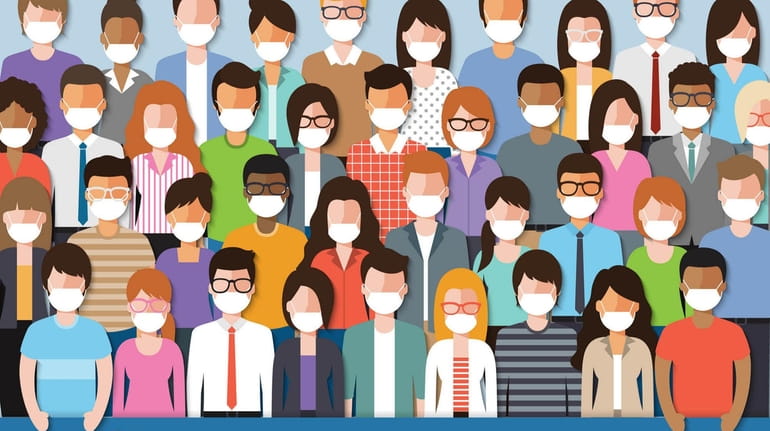Wanted: A Civilian Coronavirus Corps

Jonathan Zimmerman has a proposal: We should create a Civilian Coronavirus Corps. Credit: Getty Images / iStockphoto / sapannpix
Millions of American working parents are wondering how they will care for their children in the fall, when most kids will be in school for just a few days a week — if they go to school at all.
Meanwhile, millions of U.S. college students are wondering whether they should return to campus, now that universities are putting most classes online and canceling many other activities.
Can you spell synergy? We could create one right now, by enlisting college students and other young adults in caring for our out-of-school kids.
Call it the Civilian Coronavirus Corps. In exchange for a small stipend, each enlistee would be paired with a small group of children for the year. On the days when the kids aren’t in school, CCC members would monitor their online instruction. And they also would engage the kids in sports, art, music, and all of the other fun things they’d be missing otherwise.
And fortunately, we already have a template for it: the original CCC.
I’m talking about the Civilian Conservation Corps, which sent 2.5 million young men across the country between 1933 and 1942 to dig canals, stock ponds, and — most of all — to plant trees. By the 1950s, half of the planted trees in the United States had been sowed by the CCC.
Enlistees received $30 per month, $25 of which was sent to their families to help relieve the effects of the Great Depression. They had to be between ages 18 and 25. They were mostly white, because the CCC allowed racist local officials to select members. And, of course, they were all male.
The agency was signed into law by Franklin D. Roosevelt on March 31, 1933, just four weeks after he became president. It enrolled its first member on April 8 and established its first camp for enlistees on April 17.
We could move with equal speed in creating our own Civilian Coronavirus Corps, if we put our minds to it. But the clock is ticking. We would have to choose the corps members in time for school, which is right around the corner. And we would need to locate and secure the places they’d meet with kids, including parks, libraries, gyms, and storefronts.
But unlike the first CCC, which bunked its members in makeshift camps adjacent to their worksites, the present-day corps wouldn’t have to house anyone. And it could enroll young people from all genders and backgrounds, giving it a much wider pool to choose from than the one to which the old CCC limited itself.
Over the past several months, I’ve talked with many college students about their fears and concerns going forward. They’re reluctant to return to campus amid a pandemic or to pay full freight for classes on Zoom. And some of them have struggled with anxiety and depression, which have understandably spiked among young adults during the COVID-19 crisis.
The Civilian Coronavirus Corps would give them a renewed sense of purpose in these dark times. And it would answer the call of America’s schools and families, which simply cannot function in the fall without a huge infusion of helping hands.
It won’t be cheap, and it won’t be easy. But we’ve done it before, and we can do it again. All it will take is a bit of imagination and a big dose of courage. Come on, America! The only thing we have to fear is fear itself.
Jonathan Zimmerman teaches education and history at the University of Pennsylvania. He is the author of the forthcoming “The Amateur Hour: A History of College Teaching in America.”
